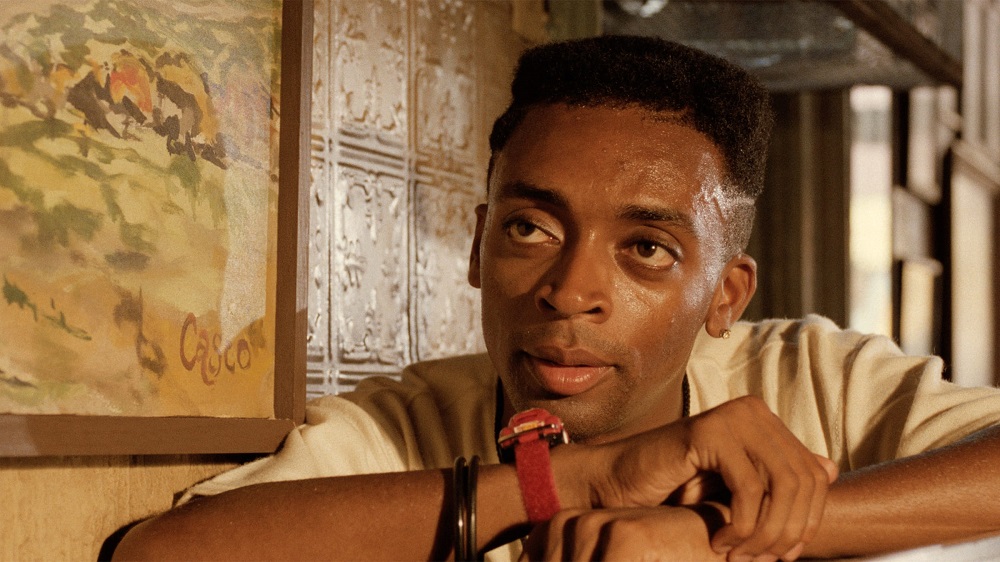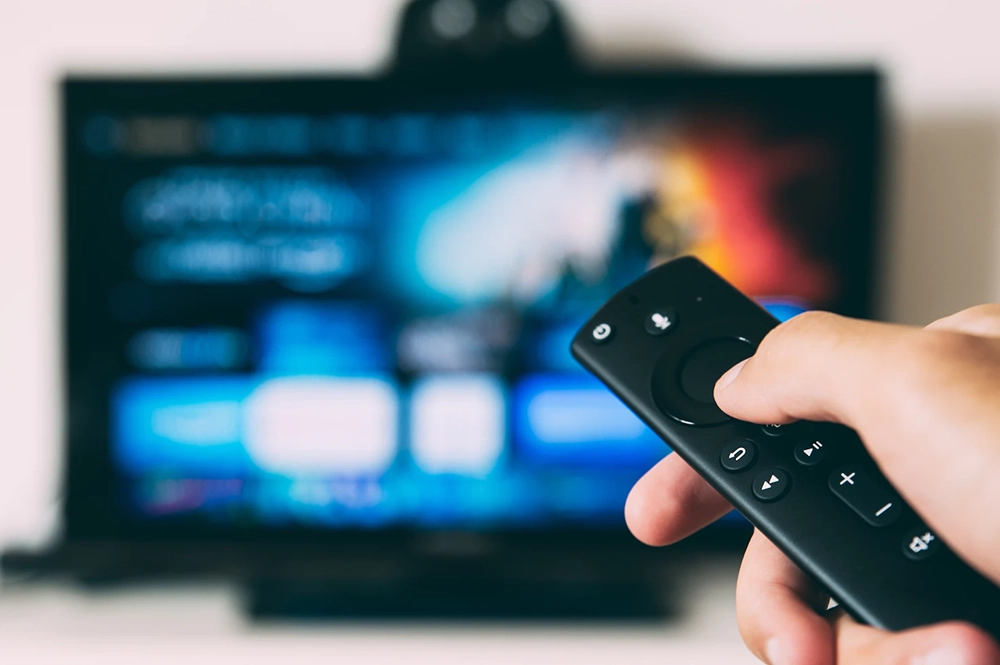The movie streaming industry is booming. After Netflix’s massive success, major players like Amazon, HBO, and Disney have rolled out their own version of the platform and landed hundreds of millions of viewers from all over the world.
But what impact does streaming have on the indie film industry? If fewer people are heading to their local movie theaters, does that mean people are viewing indie films less often? And how are indie film’s profit margins impacted by streaming services like Netflix and Amazon Prime?
Democratization of the Film Industry
It’s easy to dislike the streaming industry — Netflix is to movies as the Kindle is to books. Fewer folks choose to go out to the pictures now, as they can find all their favorite films online.
At first, this may seem like a bad thing for indie movies. But, in reality, the new digital landscape actually supports the indie movie industry. As Millennium Films president Jeffrey Greenstein explains, “We have a whole slate of [smaller]movies… that we’ve been able to make in the last 18 months because they don’t need to go theatrically, they can be released online only and still have value.”
Despite initial fears about copyrights and algorithms, many indie producers are reveling in the digital democratization of the performing arts. This means that, even though the pandemic reduced footfall in physical theaters, indie films can still find audiences thanks to support from streaming platforms and digital releases.

Similarly, indie films that catch a wider audience can enjoy the benefit of re-release on streaming platforms like Netflix and Amazon Prime. This doesn’t make the streaming giants into the “good guys,” but it’ll be hard to find a producer that says “no” to the profits made from selling the rights to their movie to an international streaming service.
Lower Footfalls
Streaming has given films that wouldn’t have seen the light of day a platform and an audience. This is largely a good thing for indie film producers, who can follow their creative motives without having to worry about pitching the film to major theaters across the country. However, there’s still nothing quite like heading to your locally-owned movie theater and watching an indie film that no one has ever heard of.
It’s tempting to lament the “death of the movie theater” but, in reality, most movie theaters are rebounding from the pandemic. Current estimates predict that the movie theater industry will reel in yearly revenues of over $20 billion by 2027. Likewise, figures from India show that sales and cut prices can result in a surge in movie ticket sales and land theaters with an occupancy rate of 70-80%.
It’s unlikely that we’ll ever return to a movie culture that sees folks queuing around the block to see the latest release. However, most indie movies haven’t enjoyed that kind of exposure since the times of Cinema Paradiso. So, for indie movies, the drop in footfall may not be such a bad thing after all.
Impact on Creative Decisions
Securing a contract with Netflix or Amazon is the holy grail for indie TV and film producers. Big-budget streaming services can give producers a much-needed cash injection and may prompt more folks to get into producing and filming their own content.
Of course, landing a creative contract with a streaming service muddies the waters somewhat when it comes to claiming that a film is truly “independent.” But, in an age where the average indie movie costs $2 million to produce, audiences may need to accept a blurred line between indie and not.
The promise of landing a contract with a major streaming service may have an impact on the creative decisions that production teams make. Directors may be less willing to take chances if they want to land a big contract following production. Just imagine a world where Spike Lee was worried about cozying up to Netflix before producing “Do the Right Thing” — would it have been so cutting if it had to go through a big corporate office first?

Fortunately, film fans and would-be movie-makers can still take up their camera and record their vision as they see it. Enrolling in a few video editing courses gives aspirational indie filmmakers all the skills they need to navigate low-budget special effects and editing without bringing in an entire crew around them.
Original Content from Streaming Services
Indie films will always find an audience. Folks around the world want to see films that come from the heart, rather than a multi-billion dollar producer’s coffers. However, streaming services seem to be getting wise to this motivation, and are now commissioning and producing their own original content.
At first glance, the arrival of Netflix’s and Amazon’s original content may seem like a good thing for the film industry. More films being made means there are more opportunities for actors, writers, producers, and teams. However, the original content may be muscling in on the indie film scene without anyone even noticing.
A quick glance at Netflix’s originals shows that the in-house productions at Netflix look eerily similar to the indie films that we know and love. Guillermo Del Toro’s “Cabinet of Curiosities” and “The Wonder” look just like indie films, but they aren’t. This isn’t a copyright issue — the ‘Originals’ certainly are original — but rather a creative issue. If big production companies are able to mimic indie movies, what space does that leave for truly independent creations?
Conclusion
Indie films are essential for the health of the film industry at large. Initial fears about streaming have largely been replaced as indie producers find that they’re able to use streaming platforms to find a home for movies that don’t quite make it to the Box Office. However, tighter regulations about film productions may be needed to ensure that streaming services don’t muscle in on the indie scene with original content productions.


